If you want to spot Georgia’s soaring scavengers, understanding the differences between Turkey Vultures and Black Vultures is essential. These large birds play a vital role in the ecosystem by cleaning up carrion, preventing the spread of disease, and maintaining balance in the wild. Among Georgia’s vultures, the Turkey Vulture and Black Vulture are the most commonly observed, each with unique behaviors and physical traits that make them fascinating to watch.
Turkey Vultures are known for their graceful gliding flight and striking red heads, often seen soaring over open fields, river valleys, and forest edges. Black Vultures, on the other hand, are more social and assertive, frequently gathering in groups near roadsides, landfills, and suburban areas. Both species are non-threatening to humans but provide an excellent opportunity to observe the ecological importance of scavengers up close.
Learning when, where, and how to observe these vultures enhances the birdwatching experience in Georgia. By recognizing their flight patterns, distinguishing features, and preferred habitats, you can appreciate these birds’ behaviors while respecting their natural environment.
Different Types of Vultures Found in Georgia
Turkey Vulture (Cathartes aura)
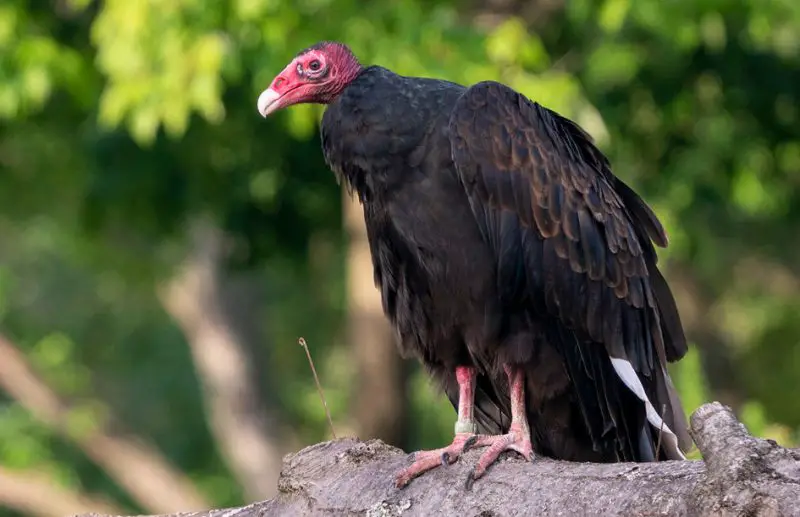
The Turkey Vulture is one of the most recognizable birds in Georgia, known for its large wingspan of around 5.5–6 feet and distinctive red, bald head. Its plumage is dark brown to black, and the bird often soars with its wings held in a shallow “V” shape. The contrasting light underwings make it easy to identify from a distance. This species is non-aggressive, relying on its exceptional sense of smell rather than sight to find food, a trait uncommon among birds.
Turkey Vultures are primarily scavengers, feeding on carrion rather than hunting live prey. Their highly developed olfactory system allows them to detect the scent of decaying animals from hundreds of meters away. They play an essential ecological role by cleaning up dead animals, which helps prevent the spread of disease. Unlike other birds of prey, they do not kill, instead relying entirely on naturally deceased animals.
Behaviorally, Turkey Vultures are known for their soaring flight patterns, often seen gliding gracefully over open fields, highways, and forests. They are social birds and may gather in large roosting groups, especially during the colder months. When threatened, they may vomit a foul-smelling substance as a defense mechanism to deter predators. This behavior also aids in lightening their body weight for flight if necessary.
In Georgia, Turkey Vultures inhabit a wide range of environments, from rural farmlands to suburban areas. They prefer open spaces for soaring but require trees, cliffs, or human structures for roosting. Seasonal migrations are common, with many birds moving south in the fall and returning north in the spring. During the winter, Georgia often sees an influx of migratory Turkey Vultures from the northern states.
For birdwatchers in Georgia, Turkey Vultures are easiest to observe in open areas during midday when thermals allow for effortless soaring. Popular locations include state parks, agricultural fields, and along highways. Observers should pay attention to the bird’s distinctive “V”-shaped wing posture and slow, steady circling, which differentiates it from Black Vultures, which flap more frequently and have shorter, squarer tails.
Black Vulture (Coragyps atratus)
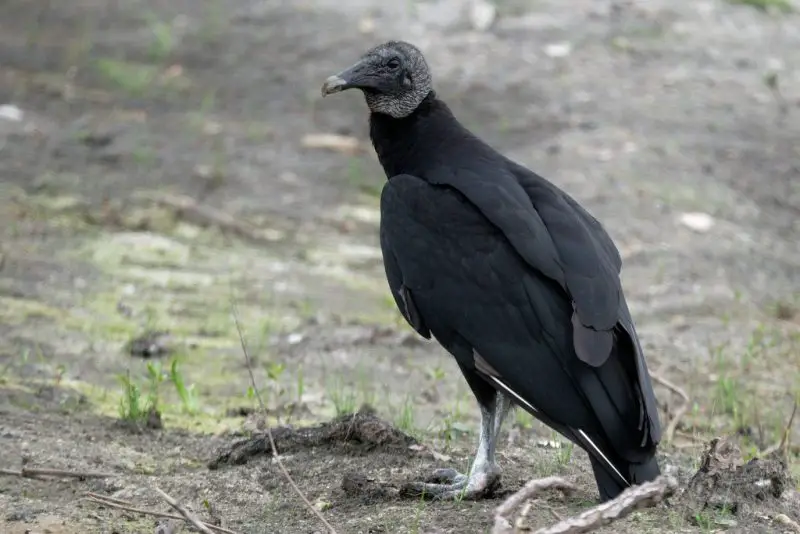
The Black Vulture is slightly smaller than the Turkey Vulture, with a wingspan of about 4.5–5 feet and a more compact body. Its plumage is almost entirely black, and its head is dark gray and featherless, giving it a tough, rugged appearance. The wings are shorter and broader than the Turkey Vulture’s, with distinct white patches near the wingtips visible in flight. These vultures are known for their aggressive and social behavior, often forming tight-knit groups.
Black Vultures are also scavengers but differ from Turkey Vultures in their foraging habits. They rely more on sight than smell and are known to follow other vultures to food sources. Unlike Turkey Vultures, they may attempt to drive off other scavengers from carrion and are occasionally observed pecking at weak or injured animals, though they rarely kill healthy prey. This species has a strong beak capable of tearing tough hides, allowing it to feed on larger carcasses efficiently.
Social behavior is a hallmark of Black Vultures. They roost in groups, often numbering from a few individuals to several dozen, and can display cooperative behaviors at feeding sites. They are aggressive towards intruders and may chase off other vultures, raccoons, or even small predators. Their flight is characterized by rapid wing flapping interspersed with gliding, making their movement appear more erratic than that of Turkey Vultures.
In Georgia, Black Vultures are common in open and semi-open landscapes, including farmland, forest edges, and near urban areas. They are highly adaptable and often exploit human environments for food, scavenging roadkill and garbage. Unlike Turkey Vultures, they are less migratory and may remain year-round in southern regions of the state. They tend to nest in hidden, protected areas such as hollow trees, caves, or abandoned buildings.
For those observing in Georgia, Black Vultures are often found in groups perched on fence posts, utility poles, or large trees. Their unmistakable white wing tips, noisy calls, and more frequent wing flaps distinguish them from Turkey Vultures. The best time to spot them is in the morning or late afternoon when they gather to socialize or forage in local fields. Bird enthusiasts often see both species feeding together, which provides a unique opportunity to compare their behaviors.
Comparison of Turkey Vulture and Black Vulture in Georgia
Both the Turkey Vulture and Black Vulture are common scavengers in Georgia, but they differ significantly in appearance, behavior, and habitat preferences. Understanding these differences can help birdwatchers identify them in the wild and observe their unique behaviors. The table below highlights the key characteristics and distinctions between these two vulture species.
Feature |
Turkey Vulture (Cathartes aura) |
Black Vulture (Coragyps atratus) |
|---|---|---|
Size & Wingspan |
Larger, 5.5–6 feet wingspan |
Smaller, 4.5–5 feet wingspan |
Plumage |
Dark brown to black; lighter underwings |
Almost entirely black; white patches near wingtips |
Head |
Red, bald head |
Dark gray, bald head |
Flight Pattern |
Soars with wings in shallow “V”; rarely flaps |
Flaps frequently with gliding; more erratic flight |
Sense Used for Finding Food |
Strong sense of smell |
Relies mostly on sight |
Diet |
Carrion; rarely interacts aggressively at carcasses |
Carrion; may drive off other scavengers |
Behavior |
Social but calmer; defensive vomiting |
Highly social and aggressive; group roosting common |
Habitat in Georgia |
Open fields, farmlands, forests; migratory |
Open/semi-open areas, farmland, urban edges; mostly year-round |
Observation Tips |
Midday soaring; look for “V”-shaped wings |
Morning/late afternoon; watch for wing tips and social group behavior |
Migratory Patterns |
Partial migrant; northern birds move south |
Mostly resident; less migratory |
Best Times and Locations to Observe Vultures in Georgia
Observing vultures in Georgia can be a fascinating experience, especially when you know the best times and places to spot them. Turkey Vultures and Black Vultures are both common, but they exhibit slightly different behaviors that make certain hours and habitats ideal for observation. Generally, vultures are most active during the day, particularly when thermals allow for effortless soaring, which helps them conserve energy while searching for food.
For Turkey Vultures, the best time to observe is midday, when warm air currents enable them to soar high above fields, highways, and forest edges. Open farmlands, river valleys, and large clearings are prime locations, as these birds prefer wide, unobstructed areas to spot carrion from a distance. Popular spots in Georgia include the Chattahoochee River National Recreation Area, Fort Yargo State Park, and various agricultural regions in central and southern Georgia.
Black Vultures are often easier to spot in the morning or late afternoon, as they gather in groups to socialize or forage near feeding sites. They are highly adaptable and may be seen near urban areas, landfills, roadsides, and forest edges. Unlike Turkey Vultures, Black Vultures are more social and vocal, so listening for their characteristic croaking calls can help locate them. They often perch together on utility poles, fence posts, or large trees, making them particularly visible in suburban and rural landscapes.
Both species may be observed feeding together at carcasses, which provides a unique opportunity to compare their behaviors. While Turkey Vultures tend to feed calmly and rely on smell to locate food, Black Vultures may aggressively dominate feeding sites. Birdwatchers should maintain a safe distance from carcasses and busy roads, as vultures often gather near vehicle traffic, which can pose hazards.
For the most rewarding viewing experience, consider bringing binoculars or a spotting scope and visiting locations where open spaces meet wooded roosting areas. Observing vultures during seasonal migrations—particularly in late fall and early spring—can increase the likelihood of spotting larger flocks. Keeping a log of sightings by time, location, and species can help track patterns and enhance future birdwatching trips in Georgia.
FAQs About Vultures in Georgia
What are the main types of vultures in Georgia?
Georgia is home to two primary vulture species: the Turkey Vulture (Cathartes aura) and the Black Vulture (Coragyps atratus). Turkey Vultures are larger, have red heads, and rely on their sense of smell to locate carrion. Black Vultures are smaller, darker, and rely mostly on sight, often displaying more aggressive and social behavior.
How can I tell a Turkey Vulture from a Black Vulture?
Turkey Vultures soar with their wings in a shallow “V” shape, have lighter underwing patterns, and a red head. Black Vultures have shorter, broader wings with white patches near the tips, flap more frequently in flight, and have a dark gray head. Observing their flight patterns, size, and coloration can help with identification.
Are vultures dangerous to humans or pets?
No, vultures are not aggressive toward humans. They are scavengers, feeding only on carrion, and generally avoid direct contact. While Black Vultures may appear aggressive when feeding, they do not pose a significant threat to people or healthy pets. However, it’s wise to keep pets away from carcasses where vultures are feeding.
When is the best time to see vultures in Georgia?
Turkey Vultures are best observed around midday, when thermals allow them to soar effortlessly. Black Vultures are more active in the morning and late afternoon, often gathering in groups to socialize or forage. Seasonal migrations in late fall and early spring can also increase sightings.
Where are the best places to spot vultures in Georgia?
Open farmlands, river valleys, and forest edges are ideal for Turkey Vultures. Black Vultures can often be seen near urban areas, roadsides, landfills, and wooded edges. Popular birdwatching locations include Chattahoochee River National Recreation Area, Fort Yargo State Park, and central and southern Georgia farmlands. Observing them at carcasses or along open highways provides excellent viewing opportunities, always from a safe distance.

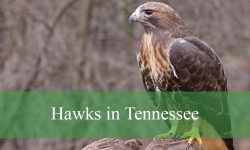
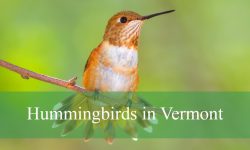
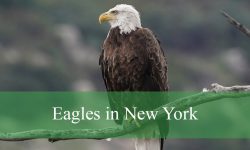
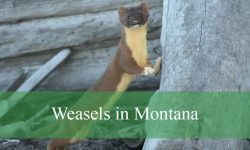
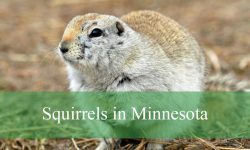
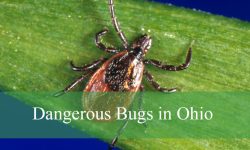
While my vehicle and boat trailer was parked at Duckett Mill boat ramp vultures ate the rubber groom around my windshield and rubber steps on the trailer.